Ford F-150's V8 Market Share Shrinks to Just a Quarter
As Ford prepares to launch the refreshed 2018 F-150 with a thoroughly updated engine lineup, Blue Oval product planners expect 2017’s engine selection to continue. That means the 5.0-liter V8, while mildly upgraded for 2018, will be found under the hood of only one in four 2018 F-150s.
The transition has been a rapid one. Twin-turbocharged EcoBoost V6s were surprisingly effective when, in early 2011, 35 percent of F-150 buyers made the leap from conventional naturally aspirated powerplants. Three years later, when Ford was planning to expand the F-150’s EcoBoost lineup with a less costly 2.7-liter variant, Ford expected 56 percent of F-150 buyers to choose one of the turbocharged units.
Heading into 2018, Ford’s truck marketing manager Todd Eckert tells Automotive News that the 2.7-liter EcoBoost will be the most popular F-150 engine followed by the 3.5-liter EcoBoost. Together, they’ll claim 65 percent of all F-150 sales, leaving 10 percent for the new entry-level 3.3-liter, and roughly 25 percent for the five-point-oh.
So how many V8 engines is that?
A bunch.
While far from the leader of Ford’s F-150 pack, the burbly V8 is 10-horses stronger (for 395) in MY2018 and adds 13 lb-ft of torque for an even 400. Thanks to a new 10-speed automatic, fuel economy climbs to 16 mpg city; 22 highway for four-wheel-drive F-150 V8s, up from 15/21 in 2017. By the EPA’s count, that’s an annual reduction in fuel costs of a cool hundy.
But upgrading to the 5.0-liter V8 (from the basic 3.3-liter V6) costs $1,995. The 2.7-liter EcoBoost V6, with equivalent torque figures but 19/24 mpg numbers, is a $995 option.
The 3.5-liter EcoBoost V6, meanwhile, costs $2,595. That extra $600 over and above the 5.0-liter V8 adds 1 mpg in both city and highway driving and an extra 70 lb-ft of torque.
The on-paper EcoBoost advantages are noteworthy, and they’ve gradually eaten into the F-150 5.0-liter’s slice of the gigantic F-150 pie. Ford doesn’t break down F-Series sales figures, but if production is matched to demand, we can safely assume 65 percent of F-Series sales so far this year are of the F-150 variety. That should work out to around 578,000 F-150 sales in the 2017 calendar year (if the 2018 refresh doesn’t spur greater demand.) Carry the one, multiply by the square root, move the decimal, hold the mayo…
That’s 144,500 F-150 5.0-liter V8 sales.
The V8’s not dead yet.
[Image: Ford]
Timothy Cain is a contributing analyst at The Truth About Cars and Autofocus.ca and the founder and former editor of GoodCarBadCar.net. Follow on Twitter @timcaincars.
More by Timothy Cain
Latest Car Reviews
Read moreLatest Product Reviews
Read moreRecent Comments
- Wjtinfwb Ford can produce all the training and instructional videos they want, and issue whatever mandates they can pursuant to state Franchise laws. The dealer principal and staff are the tip of the spear and if they don't give a damn, the training is a waste of time. Where legal, link CSI and feedback scores to allocations and financial incentives (or penalties). I'm very happy with my Ford products (3 at current) as I was with my Jeeps. But the dealer experience is as maddening and off-putting as possible. I refuse now to spend my money at a retailer who treats me and my investment like trash so I now shop for a dealer who does provide professional and courteous service. That led to the Jeep giving way to an Acura, which has not been trouble free but the dealer is at least courteous and responsive. It's the same owner group as the local Ford dealer so it's not the owners DNA, it's how American Honda manages the dealer interface with American Honda's customer. Ford would do well to adopt the same posture. It's their big, blue oval sign that's out front.
- ToolGuy Nice car."I’m still on the fill-up from prior to Christmas 2023."• This is how you save the planet (and teach the oil companies a lesson) with an ICE.
- Scrotie about 4 years ago there was a 1992 oldsmobile toronado which was a travtech-avis pilot car that had the prototype nav system and had a big antenna on the back. it sold quick and id never seen another ever again. i think they wanted like 13500 for it which was steep for an early 90s gm car.
- SunnyGL I helped my friend buy one of these when they came in 2013 (I think). We tried a BMW 535xi, an Audi A6 and then this. He was very swayed by the GS350 and it helped a lot that Lexus knocked about $8k off the MSRP. I guess they wanted to get some out there. He has about 90k on it now and it's been very reliable, but some chump rear-ended it hard when it was only a few years old.From memory, liked the way the Bimmer drove and couldn't fathom why everyone thought Audi interiors were so great at that time - the tester we had was a sea of black.The GS350's mpg is impressive, much better than the '05 G35x I had which could only get about 24mpg highway.
- Theflyersfan Keep the car. It's reliable, hasn't nickeled and dimed you to death, and it looks like you're a homeowner so something with a back seat and a trunk is really helpful! As I've discovered becoming a homeowner with a car with no back seat and a trunk the size of a large cooler, even simple Target or Ikea runs get complicated if you don't ride up with a friend with a larger car. And I wonder if the old VW has now been left in Price Hill with the keys in the ignition and a "Please take me" sign taped to the windshield? The problems it had weren't going to improve with time.

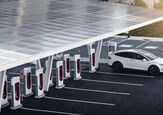
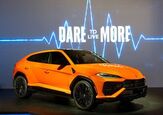
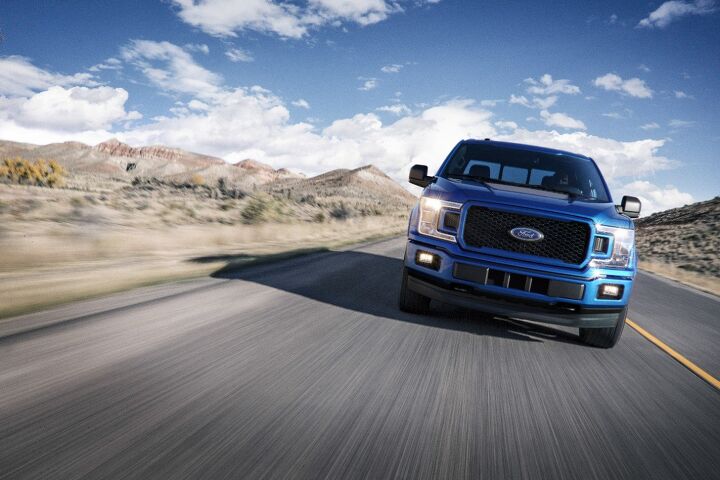













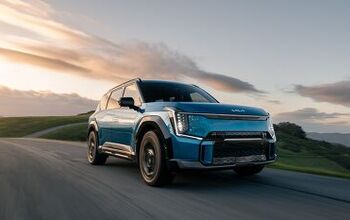
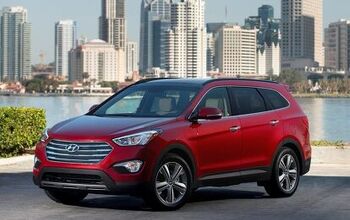
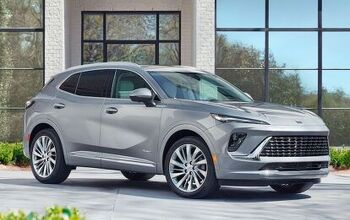
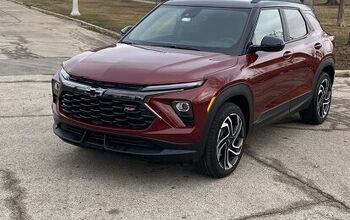
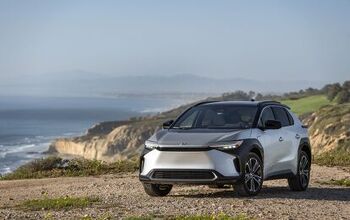


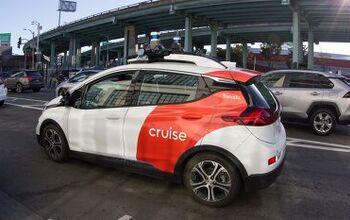

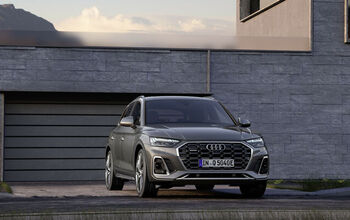
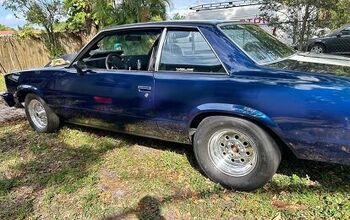

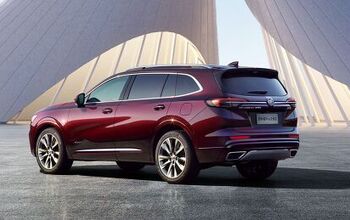


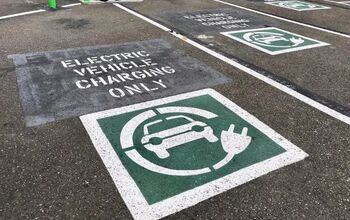

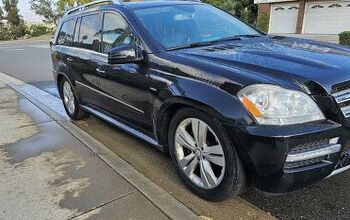
Comments
Join the conversation
Seeing how V8 volume is down, seems like it is time to replace the 5.0L in the Mustang and F-150 with the 6.2L and consolidate to one 8-cylinder offering.
A friend of mine has had endless turbo and engine issues on his Ecoboost F150. Ford has basically told him that he's on his own, even though the problems started very early on. He still wants another F150, but the next one will be a V8. I don't understand his Ford loving after all the problems he's had with them over the 30+ years I've known him.